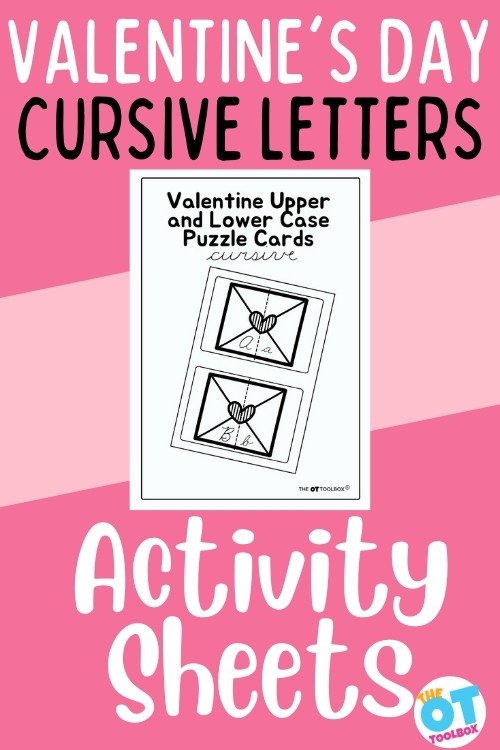I love this Dollar Store therapy idea because it develops so many skills, making the materials a great addition to any occupational therapy bag. If you are looking for a Dollar Store craft that builds several areas (and can be used with a variety of levels of your caseload), then this animal soap holder craft is a great one to try! If you’ve used a soap holder travel item in your travels in the past, then you may even have all of the items you need to make a mini fine motor kit! Plus, it’s a great addition to a list of spider activities if you are using this idea around a theme.
All you need is a plastic travel bar soap case and a few items to create a ton of fine motor skill-building!
travel bar soap case THerapy Kit
Looking for a fine motor craft idea that boosts all of the underlying skills kids need? This fine motor craft is a soap holder animal and it adds opportunities for skills like fine motor strength, precision of fine motor skills, dexterity, coordination, visual motor skills, and many more therapy areas.
The best part is, after kids make this fun fine motor craft, they have a fine motor toolkit that can be used again and again to address the motor skills they need!
Let’s take a look at how to make a soap holder animal and use this fine motor craft idea to maximize the therapeutic benefits!
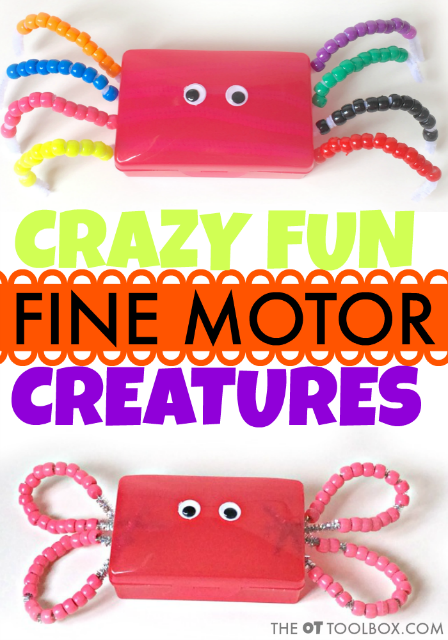
Dollar Store Craft for Therapy
All you need is a colorful soap holder and a few other materials from the Dollar Store to create your own soap container craft.
Soap holder animals are great busy box kits which are made with simple materials and come in their own storage containers. They address creativity, visual perception, eye-hand coordination, bilateral coordination, problem solving and fine motor skills.
Being stored within themselves makes them easily portable allowing a therapist to toss one quickly into their therapy bag or cart.
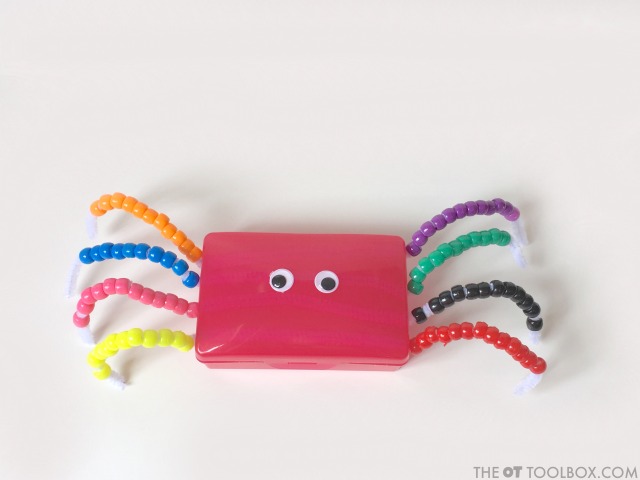
Kids love soap holder animal crafts and therapists will find they make for a cool and engaging therapy activity. Soap holder busy box kits fit the bill for many pediatric therapists who travel from site to site.
They are a cheap and easy fine motor craft to transport, are easy to store, and are fun to create with an engaging focus on child skill development.
Therapists will find soap holder animal make for a great send home activity too!
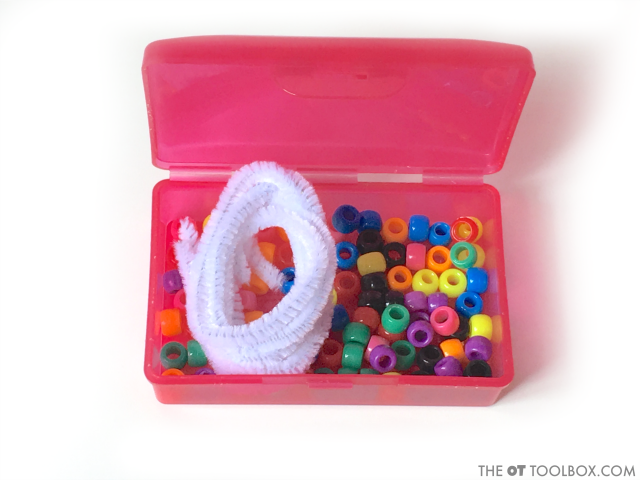
Occupational Therapy Bag Item
Filling a plastic soap dish with small materials is great for the traveling occupational therapist, because you can add this mini container to your occupational therapy bag, and opening and closing the container is part of the therapy processes to further develop fine motor skills, bilateral coordination, and other areas.
Children love opening the boxes to see what’s inside and they are intrigued by what they are able to create with them. They love crafting animals and making them come to life.
Soap holder busy box kits allow for children to expand on their skills while also enjoying the high level of creativity that can be achieved.
With these soap holder creations, children experience an improved feeling of success and achievement having used their own skills to create something fun and entertaining.
Many skill areas are hidden within the process of this fun activity. Just the developmental benefits of bead stringing alone would be enough to make the activity worth using! Bead stringing activities can help improve overall fine motor, visual perception, visual motor and cognitive skills. Functionally, bead stringing can help a child improve their pencil grasp and control for drawing, writing and coloring as well as improve their ability to manipulate fasteners on clothing.
This soap dish kit is actually a piece of pediatric therapy equipment you may not immediately think of when you think of occupational therapy toys, but it’s sure to be a big hit!
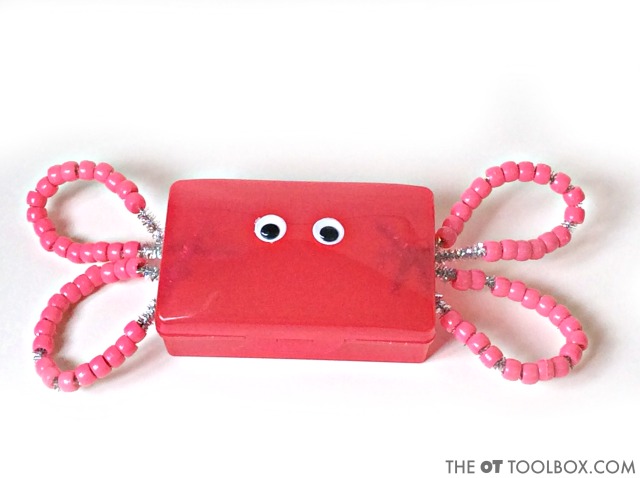
Use the travel bar soap case craft to build skills
The skills and target areas addressed with soap holder animal crafts and use of these fun busy box kits include:
Bilateral coordination – The act of opening and closing the boxes, threading and un-threading the beads, and building legs or other appendages requires the child to use two hands together in a coordinated manner.
Pincer grasp and finger strength – Pinching small beads for placement and threading them requires a thumb to index finger pinch pattern and small muscle strength to manipulate and place the bead.
In-hand manipulation – Pinching small beads and turning them around within the fingers for placement requires coordination of the small hand and finger muscles working on shift and rotation movements.
Eye-hand coordination – Threading and un-threading beads and building legs or other appendages requires the child’s eyes and hands to work together.
Visual perception – Recalling the bead color pattern while searching for one specific bead color from a group of assorted beads requires visual memory, visual scanning and visual discrimination skills.
Executive functioning – Deciding what type of creature the child wants to make and organizing and planning their approach while also determining what kind of pattern they want to use and where to place the appendages requires organization, planning and problem-solving skills.
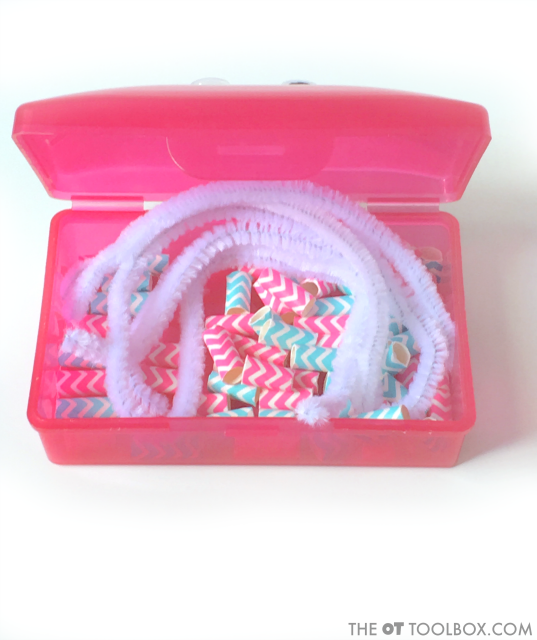
Graded Fine Motor Craft Kids Love
Travel soap dish with lid are nice because you can fill the mini fine motor kit with any item that meets the needs of the child you are working with.
Soap holder busy box kits can easily be downgraded or upgraded by matching the type of materials used to the needs and abilities of the child or by modifying the approach and the necessary skills required to complete the activity.
A few considerations on adjusting this fine motor craft to meet the needs and skills of various children:
1. Consider the use of larger beads vs. smaller beads. Determine if the bead hole diameter is small enough or large enough to meet or challenge the child’s skills.
2. Use flexible string vs. pipe cleaners. (Be sure the string is flexible enough that the box lid can close once they are inserted and that beads do not easily fall off.) Flexible string can provide a good challenge for some children.
3. Keep pipe cleaners full length or cut in half to make the activity more challenging for appendage placement, manipulation, and orientation.
4. Consider keeping the process simple by having the activity set-up for the child and then have them only string the beads.
5. Have the child simply string beads at random vs. following a color pattern.
6. Work on opening containers using the travel soap dish with lid.
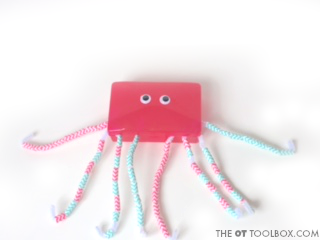
How to Make a travel bar soap case craft
Now that you know the total benefits and a few ways to grade the activity, here is what you need to create your very own soap holder animal using a travel bar soap case.
First, gather your materials:
Amazon affiliate links included below.
- Travel soap container with a flip-top lid
- Assorted pony beads
- Assorted paper straw beads (paper straws cut into beads)
- Assorted pipe cleaners (either full length or cut in half)
- Googly eyes (to tape or hot glue to the top of the soap holder)
- Self-adhesive googly eyes may work too, depending on the soap holder.
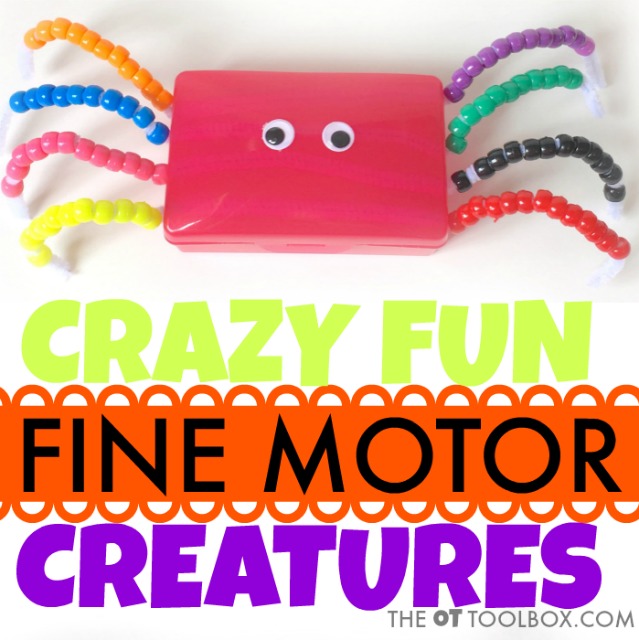
- Place all of the materials in the travel bar soap case. It’s ready to go into your occupational therapy bag.
- When you are ready to use the travel bar soap case in therapy sessions, pull out the travel bar soap case filled with fine motor items. Kids can open the container and use the materials to thread beads or explore.
- Bend the pipe cleaners to make legs for a spider or wings for a butterfly.
- Thread beads onto the pipe cleaners.
- Place the ends of the pipe cleaners onto the edge of the travel soap container and close the lid.
- Decorate the top with googly eyes.
They never get old as they may never be the same creation twice!
Soap holder busy bead kits are easy to assemble for use as a therapy activity or home busy box. Take a short time to gather the materials and use it all year long to build a multitude of skills with children.
Amazon affiliate links are included in this post.
Let us know if you make this soap holder animal fine motor craft!

Regina Parsons-Allen is a school-based certified occupational therapy assistant. She has a pediatrics practice area of emphasis from the NBCOT. She graduated from the OTA program at Caldwell Community College and Technical Institute in Hudson, North Carolina with an A.A.S degree in occupational therapy assistant. She has been practicing occupational therapy in the same school district for 20 years. She loves her children, husband, OT, working with children and teaching Sunday school. She is passionate about engaging, empowering, and enabling children to reach their maximum potential in ALL of their occupations as well assuring them that God loves them!
Looking for more fun ways to develop fine motor skills? Grab one of our digital Fine Motor Kits!
Working on fine motor skills, visual perception, visual motor skills, sensory tolerance, handwriting, or scissor skills? Our Fine Motor Kits cover all of these areas and more.
Check out the seasonal Fine Motor Kits that kids love:






Or, grab one of our themed Fine Motor Kits to target skills with fun themes:
- Frogs Fine Motor Kit
- Unicorns Fine Motor Kit
- Vehicles Fine Motor Kit
- Apple Fine Motor Kit
- Back to School Kit
- Sports Fine Motor Kit
- Outer Space Fine Motor Kit
- Fairytale Fine Motor Kit
- Plus more in our shop!
Want access to all of these kits…and more being added each month? Join The OT Toolbox Member’s Club!


